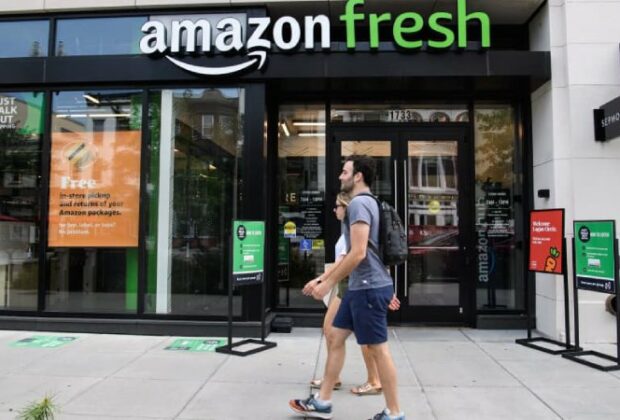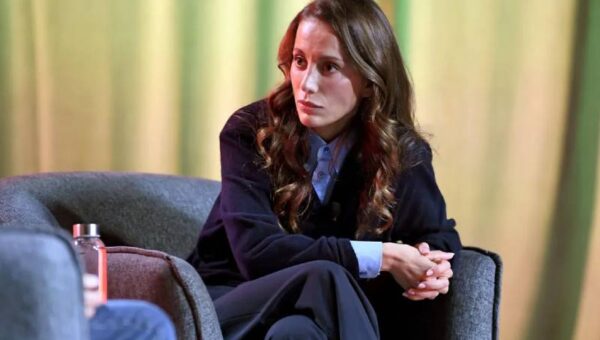As the e-retailer reevaluates its grocery strategy and looks for areas where it can cut costs, Amazon intends to close some Fresh supermarkets and Go convenience stores.
“We’re continuously refining our store formats to find the ones that will resonate with customers, will build our grocery brand, and will allow us to scale meaningfully over time,” Brian Olsavsky, Amazon’s finance chief, said on the company’s fourth-quarter earnings call on Thursday.
Olsavsky stated that the company “decided to exit certain stores with low-growth potential” as part of a periodic evaluation of its grocery portfolio. He stated that as a result, the business took an impairment charge of $720 million in the fourth quarter.
In addition, Amazon will temporarily halt the expansion of its Fresh grocery stores until it finds a format that sets the company’s offering apart from competitors in the sector. During the earnings call, CEO Andy Jassy stated that Amazon’s stores must appeal to customers and the company must be in a position “where we like the economics.”
“We’re optimistic that we’re going to find that in 2023,” Jassy said. “We’re working hard at it. We see some encouraging signs, and when we do find that equation, we will expand it more expansively.”
Amazon released a disappointing forecast for the first quarter on Thursday, despite reporting revenue for the fourth quarter that was higher than anticipated. After an extended period of exorbitant expansion, the company is cutting costs and recently concluded its weakest year of growth in its quarter-century as a public company.
According to its website, Amazon currently operates 28 Amazon Go convenience stores and several dozen Fresh grocery stores.
In December, The Information reported that a few built-out Amazon Fresh stores in the United States remained empty, indicating a shift in the company’s grocery strategy.
Since the introduction of its Fresh grocery delivery service in 2007, Amazon has been determined to break into the grocery market. When it bought upscale grocery store Whole Foods Market for $13.7 billion in 2017, Amazon made a huge splash. This was the company’s biggest ever acquisition.
After launching a line of Go cashierless stores and a Fresh supermarket chain aimed at conventional shoppers, Amazon’s assortment of grocery options became increasingly complex. Jassy stated that he remains optimistic regarding Amazon’s grocery business and Whole Foods’ progress toward profitability over the past year.
“It’s a good business for us in the grocery space,” he added.
The company has taken steps to reduce expenses in its grocery unit and elsewhere as it struggles with slowing sales and a gloomy economic outlook under Jassy, who will succeed Jeff Bezos as CEO in 2021. This month, Amazon announced that it would cut 18,000 jobs and will do so across a large portion of its grocery portfolio.
Amazon announced in March that it would close all of its Amazon Books, 4-star, and Pop Up stores to reduce the size of its physical store portfolio. Additionally, the business has added delivery fees to some online orders placed through Amazon Fresh as well as a service fee for Prime members who want Whole Foods delivered to their homes.




